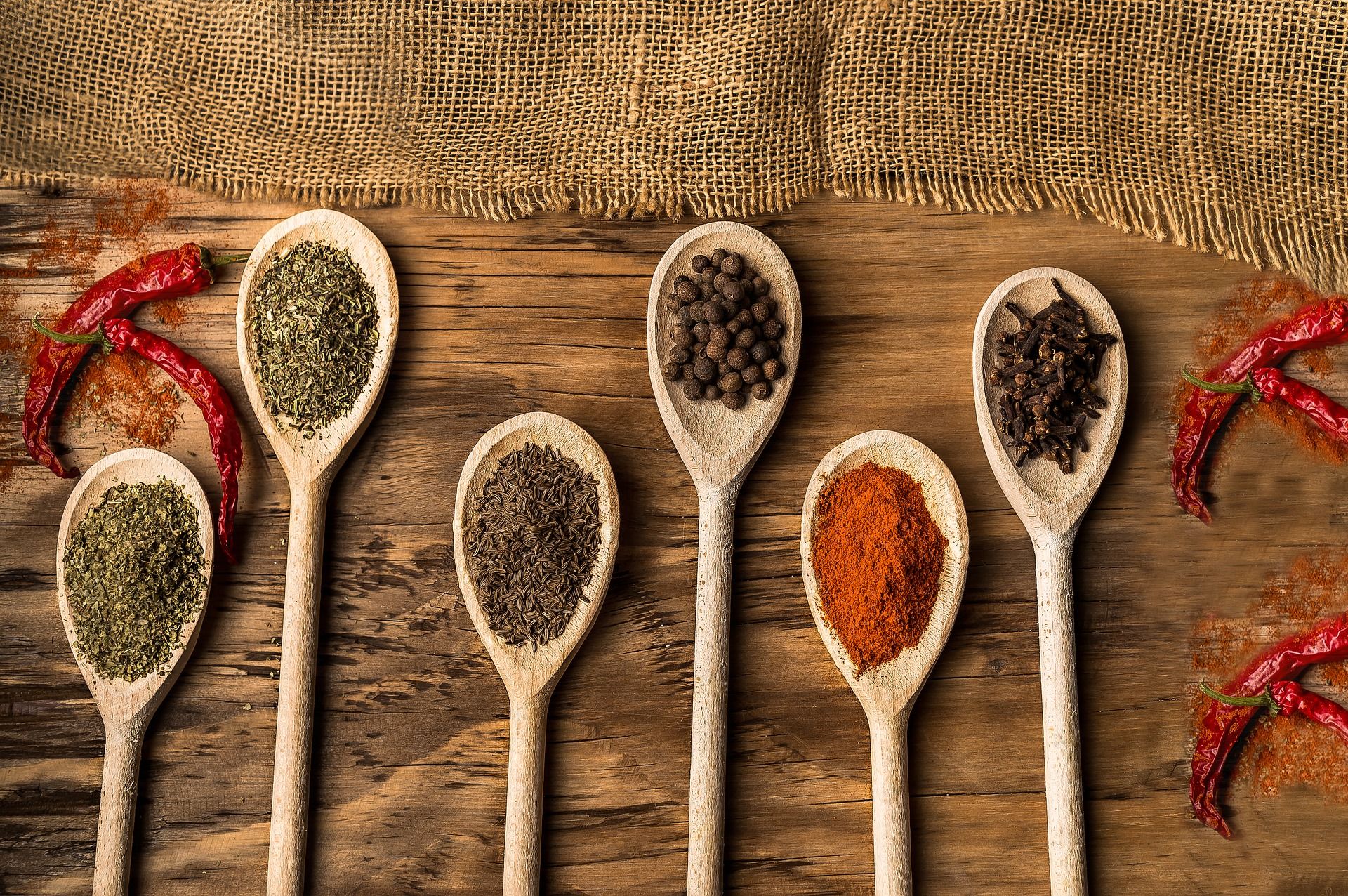Dear friends, imagine for a moment that you are in a beautiful place, covered by large plains surrounded by mountains cultivated with any fruit or vegetable you can imagine. On the mountains you can see the patches of different crops that remind you of that beautiful painting "the harvest" of the great Vincent Van Gogh. In this place the sunlight embraces the crops every day and the morning dew refreshes the flowers, hundreds of farmers wake up very early in the morning and before the first ray of sunshine they are ready to start their work.
It is nice to imagine for a few moments a picturesque landscape, it makes you want to move to that dream. Then we return to reality and find that 25% of the world's food production is wasted. It is even more shocking to realize that many of the countries where most food is produced have the highest malnutrition rates in the world (Romania, India, Latin America, Malaysia, among others). We have to take into account the fact that the world population in developed countries is in constant decline. Europe and North America, being the main importers of food products, barely have a 2% growth in the average annual birth rate and it is believed that it will continue to decrease. It is reflected in the global food products market that the demand for agricultural products is decreasing by about 1.6 percent each year.
It is important for food producers to look for alternative methods for the preservation of products and at the same time give added value to the consumer, while maintaining the quality and safety standards required for their consumption.
Dear friend, have you taken the time to analyze how much is 25% of the world's food production? Well it is about one 1300 000 000 tons.
Now imagine being able to process these foods in a safe and efficient way, for example dehydrate vegetables and turn them into powder to produce soups or condiments for snacks.
Dear reader, when you have time, go to your kitchen, take a soup, and check how long is the shelf life of that wonderful product, how long would that vegetable or meat have lasted, if you wanted to keep it in the refrigerator. The answer is maximum 2 or 3 weeks.
How long since its production can you use that soup powder? 3 or 4 years without fear that it is in bad condition, and the wonderful thing about this is that it preserves the vitamins and minerals that being water-soluble are easily absorbed by our body.
Now let's think about legumes, they can also be made into soup, they can be powdered and used for atoles. And what can I say about meats, have you ever tasted the delicious chicken broth that comes in cubes? Have you cooked rice with that delicious beef consommé? Nowadays there are really few kitchens that have not had the pleasure of tasting these wonderful ingredients.
Powdered milk is easy to preserve and very nutritious food, how many families,worldwide, have had access to better nutrition thanks to this wonderful product and let's not forget one of the most famous proteins among athletes the famous WEY, being the protein that can produce more muscle mass of all proteins, although there are very good vegetable proteins (also in powder by the way) WEY is the one that best performance in muscle gain has shown.
Now you will tell me, dear friends, Marcel you deviated from the subject, what happened with the world population, developing countries and nutrition? Well, let me explain, dear readers, by being able to process surplus or "defective" foods in a safe way, and by "defective" I mean that they do not have the right weight or shape to reach the market, costs can be reduced and resources can be optimized.
Perhaps you are thinking now, that the process requires an investment that does not reduce costs and can not acquire that machinery from one day to another. Here, is where I can provide you with a solution: I invite you to know Triangular-pod.com , an excellent way to process your raw materials. In the portal you can contact owners of industrial machinery, with specialized equipment with milling systems, classification, micro agglomeration, packing, etc.
You can imagine the economic loss that represents producing hundreds of thousands of tons of products, for which you invest in irrigation systems, fertilizers, labor, pesticides, fungicides, among other expenses to lose 25% of production.
How many families can benefit from these foods? The low-income mother can supply many of the nutrients of a fresh food for a dry food. It does not need refrigeration, is not perishable in a short time, contains the nutrients for a dignified life. It sounds little, but actually is a realistic solution for global food and leaving aside all these benefits, who does not like a delicious soup on a rainy afternoon, knowing that we are helping our farmers and food producers.
How do you preserve your food and which technologies do you apply?

